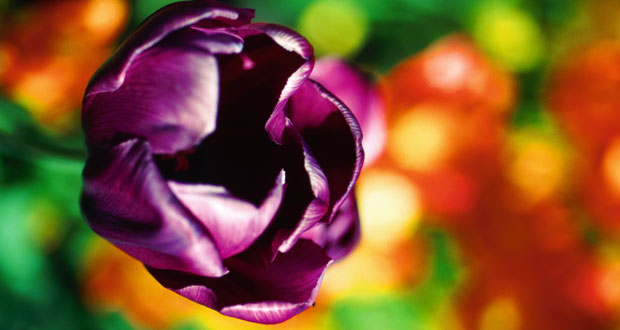Strictly speaking | bokeh

This unusual word was borrowed from Japanese less than 20 years ago for a special out-of-focus effect that up-to-date photographers may strive to achieve rather than avoid. In Japanese, the word is written as boke, but said with two-syllables (bow-kay) so that it sounds rather like an Australian pronunciation of ‘bouquet’. Its essential meaning is ‘blur’ or ‘haze’, and it can apparently be used by the Japanese to refer to ‘a mental haze’ or ‘senility’ as well. But with a fast camera lens, bokeh becomes an aesthetic effect for photographers to exploit in enhancing an image, adding a bright softness around it and blurring out what may be a nondescript background. It creates arresting images of faces – and flowers – according to advertorials for the pricey lenses that can engineer bokeh. Photographers rejoice in the compressed perspective it yields, a 2014 citation in the Merriam-Webster Unabridged Dictionary online states. Though photographers past have strived to capture depth in their images, photorealism is out of fashion, and the Japanese loanword bokeh puts an artistic spin on blur, at least in English. It activates appreciative adjectives for the image, such as “smooth”, “silky”, “sweet” (not to mention “superb”), to promote a new aesthetic, with or without the flowers.
Please login below to view content or subscribe now.





